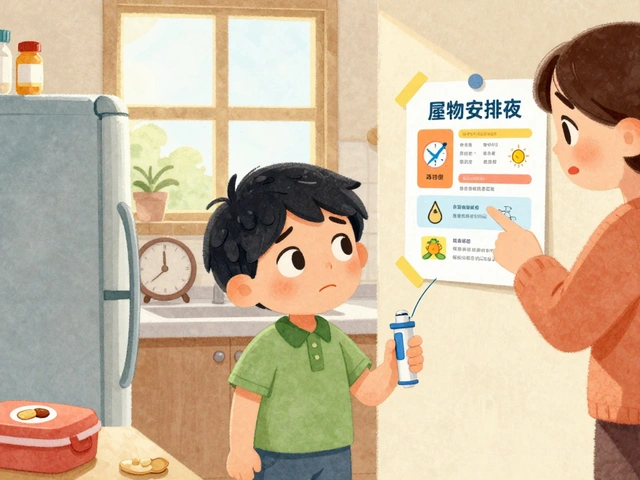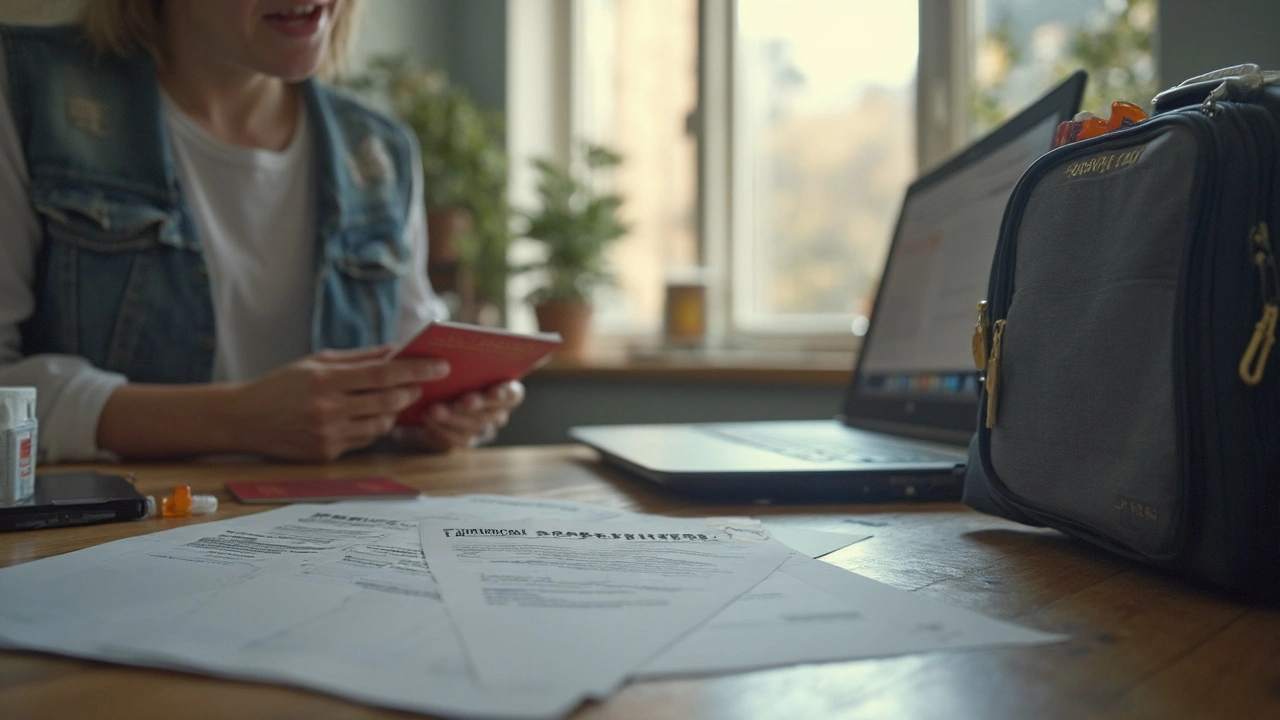Importing Medication into the USA: What Customs Wants You to Know
Ordering medicine from abroad? Good plan if costs are lower, but customs and FDA rules can trip you up. Here’s the plain truth: some meds can come in without trouble, some get seized, and others can land you in legal trouble. Read the short checklist below before you click buy.
Key rules and what they mean
First, declare everything. Whether you cross a border with pills in your bag or expect a package in the mail, tell Customs and Border Protection (CBP) what you have. Keep meds in original packaging with the labels intact. Bring your prescription and a doctor’s note stating the medicine is for your personal use. Those steps make inspections far simpler.
The FDA allows limited personal importation under some circumstances. That usually means small amounts — commonly up to a 90-day supply — and the drug should treat a serious condition with no effective U.S. alternative. Don’t assume automatic approval; customs agents and FDA decide case by case. If the drug is unapproved in the U.S., expect extra scrutiny.
Controlled substances and dangerous medicines
Controlled drugs (like many painkillers, stimulants, or certain sedatives) are tightly regulated. Importing them often requires special permits or is prohibited outright. If your medication is a controlled substance, check DEA and state rules first. Carry original prescriptions and be ready for possible denial or seizure. Importing illegal or counterfeit drugs can bring fines or criminal charges.
Other red flags: medications without clear labels, foreign packaging with no active-ingredient info, or products marketed as supplements but making drug claims. Those are often seized.
Some practical tips to avoid problems: use a licensed pharmacy, preferably in a country with strong regulation (Canada is common, but not automatically safe). Ask the seller for full product info, batch numbers, and manufacturer details. Shipments should include a copy of the prescription and a clear declaration on the customs form.
If you’re crossing the border by car or plane, pack prescriptions and a doctor’s note in your carry-on. For mail orders, track the package and be ready to respond if CBP contacts you. If CBP seizes meds, they typically send a notice explaining why and how to appeal.
Need a simpler route? Talk to your U.S. doctor or pharmacist. They may recommend an equivalent approved drug, a patient assistance program, or an authorized mail-order pharmacy stateside that saves money without import risks.
Bottom line: importing meds can save money, but only if you follow rules: declare, bring documentation, avoid controlled or clearly prohibited substances, and use reputable sellers. When in doubt, check CBP and FDA guidance or ask your healthcare provider before ordering.
24
Navigating Customs Laws: Key Rules on Importing Medication into the USA
Get all the facts you need about customs regulations for importing medication into the USA. This article goes deep into the rules about prohibited substances, prescription drug limits, and how U.S. Customs enforces these laws. Packed with tips, surprising facts, and practical advice, it's the real guide anyone needs before ordering meds from abroad. Stay within the law, keep your meds safe, and know your options.
Latest Posts
Popular Posts
-
 How to Keep Medications Safe from Children and Pets at Home
How to Keep Medications Safe from Children and Pets at Home
-
 Constipation from Medications: Complete Management Guide
Constipation from Medications: Complete Management Guide
-
 Pharmacist Recommendations: When to Suggest Authorized Generics
Pharmacist Recommendations: When to Suggest Authorized Generics
-
 Allergy Action Plan: Essential Medications to Carry and When to Use Them
Allergy Action Plan: Essential Medications to Carry and When to Use Them
-
 Amyotrophic Lateral Sclerosis: How Riluzole Slows Neurodegeneration and Extends Life
Amyotrophic Lateral Sclerosis: How Riluzole Slows Neurodegeneration and Extends Life



